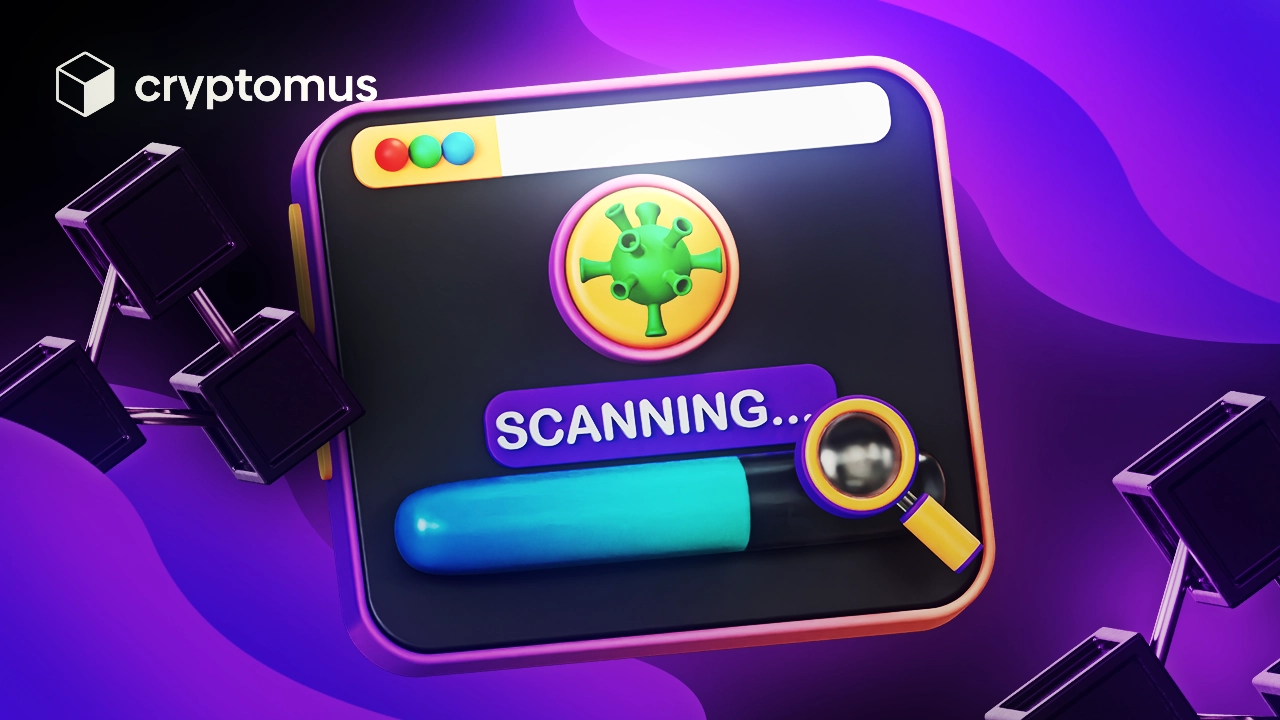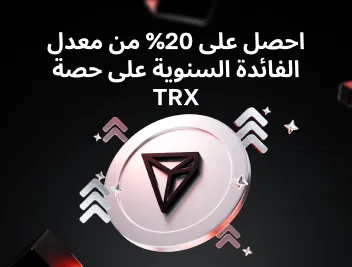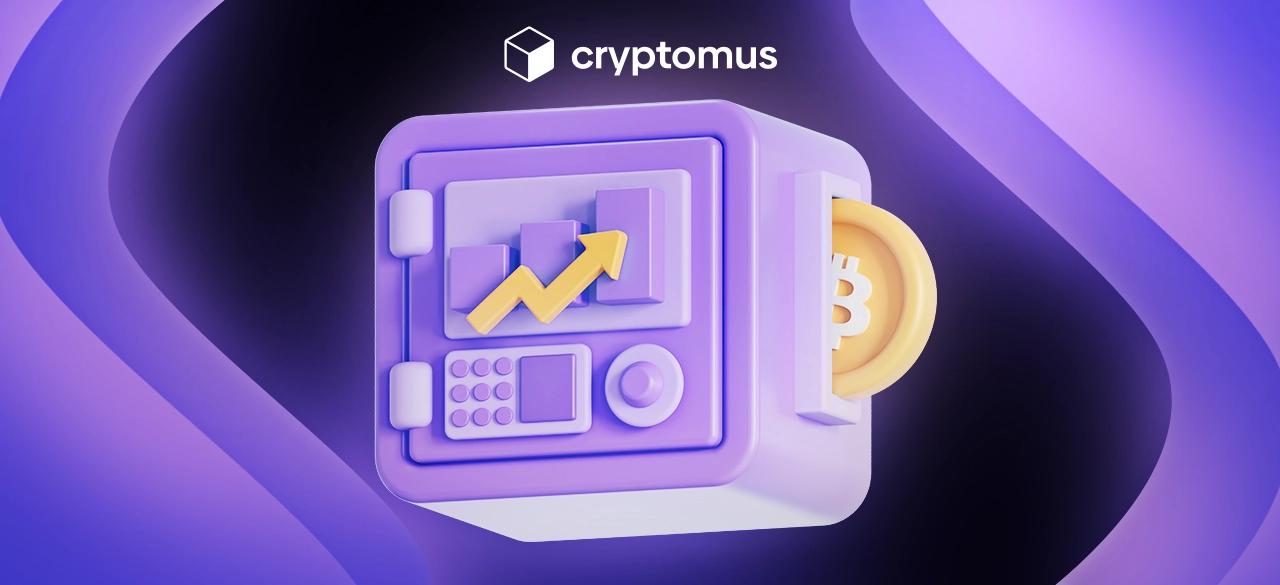
تهديدات أمان بلوكتشين: 4 مخاطر نادرا ما تتم مناقشتها
جلبت تقنية Blockchain مفهومًا جديدًا تمامًا للامركزية والشفافية والأمن لمختلف الصناعات. لديها القدرة على إحداث ثورة في كيفية تخزين البيانات ومشاركتها. تعد تقنية Blockchain واحدة من أكثر الطرق أمانًا لنقل المعلومات والأموال، ولكنها تحتوي أيضًا على مجموعة من التهديدات والعيوب.
ستخبرك هذه المقالة عن التهديدات الأمنية الأربعة المخفية والتي نادرًا ما تتم مناقشتها في blockchain وميزات أمان blockchain. دعونا لا ننتظر أكثر من ذلك ونكتشف ما الذي يجعل تقنية blockchain غير آمنة.
ما هي التهديدات الأمنية لسلسلة الكتل؟
يتعرض عالم blockchain والأمن باستمرار للتهديد من المتسللين والجهات الفاعلة الخبيثة التي تتطلع إلى استغلال نقاط الضعف في النظام. واجه النظام البيئي الأمني لسلسلة الكتل أربع هجمات رفيعة المستوى، والتي، لسبب ما، ظلت مخفية لفترة من الوقت عن أعين الجمهور. فيما يلي تفاصيل تهديدات blockchain هذه:
-
التعامل مع النطاق: التهديد الأول لهذه القائمة الذي واجهته blockchain الأمنية هو الطريقة التي تتعامل بها مع حجم البيانات. في الواقع، تتمتع بقدرة محدودة، مما يجعلها عرضة لنقل البيانات على نطاق واسع، مما يتسبب في حدوث أعطال أو انتظار لفترات طويلة. الحل الذي تم العثور عليه هو دمج التقنيات الجديدة مثل الذكاء الاصطناعي وتحسين الاتصالات بين blockchain للحفاظ على الكفاءة.
-
العقود غير الذكية: العقود الذكية هي برامج كمبيوتر تشكل جزءًا من تقنية أمان blockchain. يقومون بتنفيذ إجراءات محددة تلقائيًا، لكن هذه العقود الذكية يمكن أن تواجه مشكلات بسبب الطريقة التي تمت برمجتها بها. إحدى هذه المشكلات تسمى "إعادة الدخول"، والتي يمكن أن تخلق حلقة تؤدي إلى حركة غير صحيحة للأموال.
-
السلاسل السرية والتعدين الأناني: هناك ثغرة أمنية أخرى في قائمة التهديدات الأمنية لـ blockchain وهي التعدين الأناني. التعدين الأناني هو طريقة احتيالية تهاجم بشكل مباشر الجانب المضاد للتلاعب في blockchain. وهو يتألف من إجراء المعاملات سرا في سلسلة مخفية. عندما تصبح السلسلة المخفية أطول من السلسلة الحقيقية، تصبح السلسلة الأصلية عديمة الفائدة.
-
الرموز السرية: يعد الإنفاق المزدوج أحد أكثر عمليات الاحتيال استخدامًا على blockchain. وهو يتألف من إرسال الرموز المميزة من محفظة واحدة إلى محفظتين مختلفتين في وقت واحد. الغرض من هذه الممارسة هو تكرار الأصول الخاصة بك. ومع ذلك، وبفضل تطور تحليل أمان blockchain والجمع بين تقنيات التشفير وآليات توافق الشبكة، أصبح من المستحيل تقريبًا تكرار نفس الرمز المميز.
ضع في اعتبارك أن هذا يتعارض مع شفافية وصدق blockchain، وهو غير قانوني. نقترح عليك تجنب الانخراط في أي أنشطة احتيالية تتعلق بتكنولوجيا blockchain.
ما الذي يجعل تقنية Blockchain آمنة؟
ما الذي يجعل blockchain آمنًا؟ تعد تقنية Blockchain آمنة بسبب العديد من الميزات الأساسية التي سنراها بالتفصيل هنا:
-
التشفير: الجانب الرئيسي لتقنية blockchain في مجال الأمن هو التشفير. على عكس قواعد البيانات التقليدية التي يتحكم فيها كيان واحد، يتم توزيع blockchain عبر شبكة من أجهزة الكمبيوتر، مما يجعلها أكثر مرونة ضد التهديدات التي تتعرض لها blockchain.
-
اللامركزية: هناك عامل آخر يؤثر على تأمين blockchain وهو جانب اللامركزية. يتم تأمين كل معاملة على blockchain باستخدام خوارزميات التشفير. تحتوي كل كتلة على تجزئة فريدة، ونظام أمان blockchain هذا يجعل عملية تغيير أي معلومات شبه مستحيلة.
-
آليات الإجماع: قبل إضافة كتلة جديدة إلى السلسلة، يجب التحقق من صحتها بواسطة عقد متعددة من خلال آلية إجماع، مثل إثبات العمل (PoW) أو إثبات الحصة (PoS). تضمن هذه الآليات موافقة جميع العقد على حالة blockchain، مما يمنع إضافة المعاملات الاحتيالية وتحسين حماية blockchain في نفس الوقت. إذا كنت تريد معرفة المزيد حول blockchain، يمكنك أيضًا قراءة هذه المقالة: "بوابة الدفع Blockchain: كل ما تحتاج إلى معرفته".

تحليل التهديدات الأمنية لسلسلة الكتل
الآن بعد أن رأينا ما هو أمان blockchain وما هي العوامل الرئيسية التي تجعل blockchain مقاومة للتلاعب، دعنا نتحدث بالتفصيل عن تأثير تهديدات blockchain الأربعة التي رأيناها سابقًا:
-
التعامل مع النطاق: تؤثر تحديات قابلية التوسع التي تواجهها تقنية blockchain على قدرتها على العمل كدفتر أستاذ عالمي. يمكن أن تؤدي القيود المفروضة على سرعة المعالجة والسعة إلى حدوث انسدادات وتدهور الأداء وتهديد الأمان. تهدد هذه المشكلات الثقة في قدرة blockchain على معالجة المعاملات.
-
العقود غير الذكية: يمكن أن تتسبب ثغرات العقود الذكية في خسائر مالية فادحة وتؤدي إلى تآكل الثقة في نظام blockchain البيئي. لتجنب مثل هذه الحوادث، تعد عمليات التدقيق والممارسات الأمنية الصارمة أمرًا بالغ الأهمية في تطوير العقود الذكية.
-
السلاسل السرية والتعدين الأناني: السلاسل السرية والتعدين الأناني تنتهك المبادئ الأساسية لتقنية blockchain. يمكن لهذه الممارسات أن تجعل السيطرة مركزية على الشبكة، مما يؤدي إلى تآكل طبيعتها اللامركزية والمخاطرة بالمعاملات الاحتيالية. قد يؤدي هذا إلى الإضرار بنمو وابتكار blockchain.
-
الرموز السرية: تم أحيانًا اكتشاف محاولات الإنفاق المزدوج ومنعها. عادة ما تؤدي الاعتداءات إلى السرقة بدلاً من الإنفاق المزدوج. لكن تأثير الإنفاق المزدوج يمكن أن يتسبب في تدمير الأساس التكنولوجي الذي تقوم عليه تقنية blockchain.
فوائد Blockchain لإدارة التهديدات الأمنية
توفر تقنية Blockchain فوائد في إدارة التهديدات الأمنية في نظامها البيئي. فيما يلي بعض فوائد نظام أمان blockchain:
-
الأمان المعزز من خلال التشفير: تعمل تقنية Blockchain على تأمين البيانات باستخدام التشفير المتقدم الذي يجعل من الصعب اختراقها أو تغييرها. يتم تشفير المعاملات وربطها، مما يشكل سلسلة آمنة من الكتل ويقلل من مخاطر الاحتيال والوصول غير المصرح به.
-
اللامركزية: تعمل شبكة أجهزة الكمبيوتر الموزعة في Blockchain على التخلص من نقاط الفشل الفردية وتقليل مخاطر اختراق البيانات المركزية. وهذا يعزز أمن ومرونة نظم المعلومات.
-
الشفافية وإمكانية التتبع: تعمل شفافية Blockchain وثباتها على تعزيز إمكانية التتبع، مما يسهل تتبع المعاملات والتحقق منها، وبالتالي منع الأنشطة الاحتيالية في الوقت الفعلي وتعزيز الأمان العام.
نصائح حول استخدام تقنية Blockchain للتعامل مع التهديدات الأمنية
لجعل رحلة التشفير الخاصة بك أكثر أمانًا وسلاسة، تحتاج إلى معرفة وتعلم كيفية تجنب وحماية نفسك من تهديدات أمان blockchain. وإليك بعض النصائح التي ستساعدك على تحقيق ذلك:
-
عمليات التدقيق والمراجعات الأمنية المنتظمة: قم بمراجعة blockchain والعقود الذكية بانتظام، باستخدام الأدوات الآلية ومراجعات الخبراء لضمان رمز آمن.
-
تنفيذ ضوابط وصول قوية: استخدم التحكم القوي في الوصول مع المصادقة متعددة العوامل ووحدات أمان الأجهزة لإدارة ترخيص تغيير شبكة blockchain.
-
ابق على اطلاع دائم بتصحيحات الأمان: من الضروري الحفاظ على تحديث نظام blockchain الأساسي وجميع البرامج ذات الصلة بأحدث تصحيحات الأمان. يمكن للتحديثات المنتظمة أن تحمي من الثغرات الأمنية المكتشفة حديثًا وتحسن أمان النظام بشكل عام.
نحن هنا في نهاية هذه المقالة، والتي كانت تدور حول المخاوف الأمنية المتعلقة بـ blockchain والتهديدات الأربعة المخفية لـ blockchain. شكرا لقرائتك. يرجى ترك التعليق أدناه ومشاركة أفكارك حول هذا الموضوع.
قيم المقال








تعليقات
0
يجب أن تكون مسجلا للدخول لتكتب تعليق